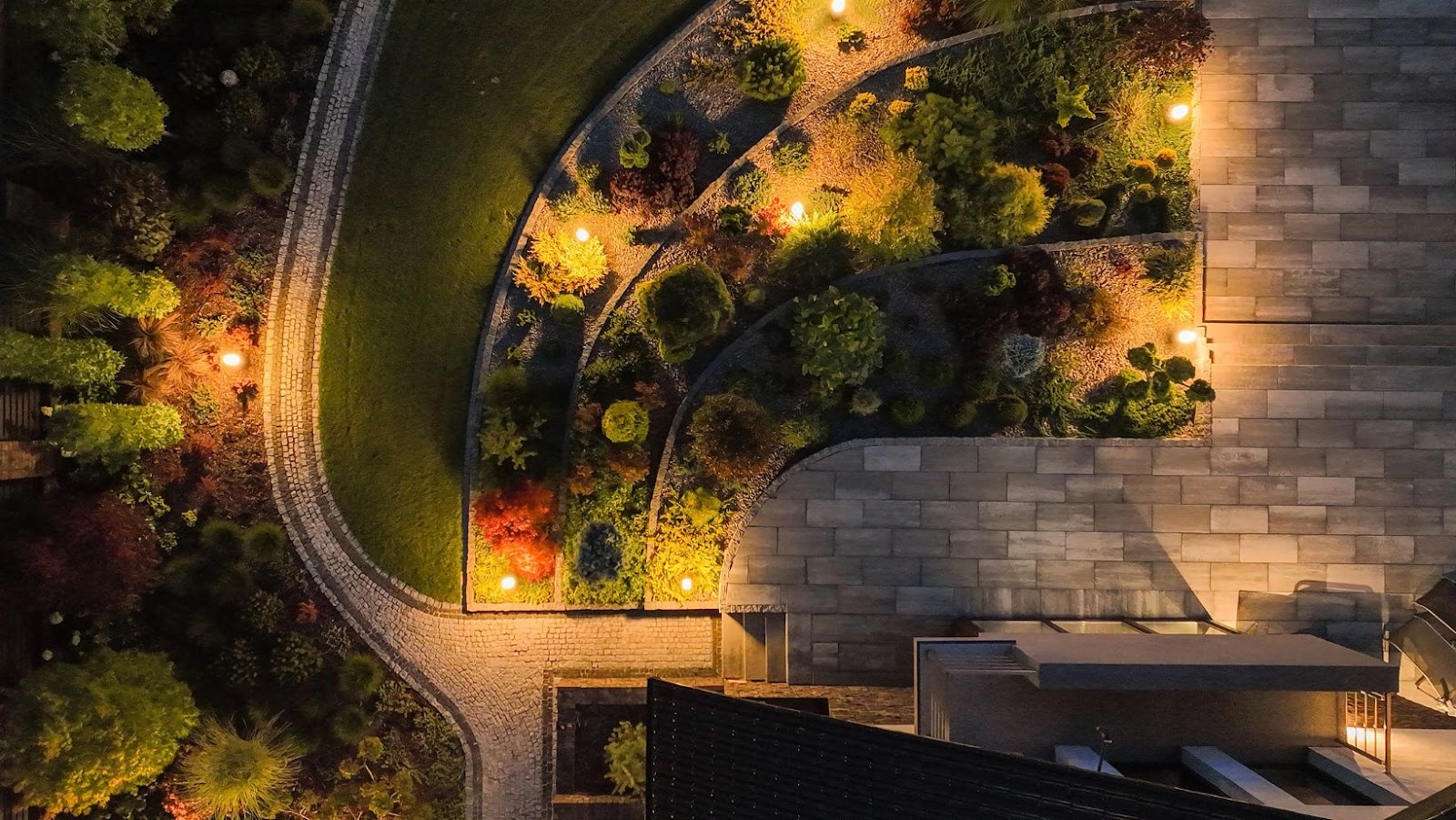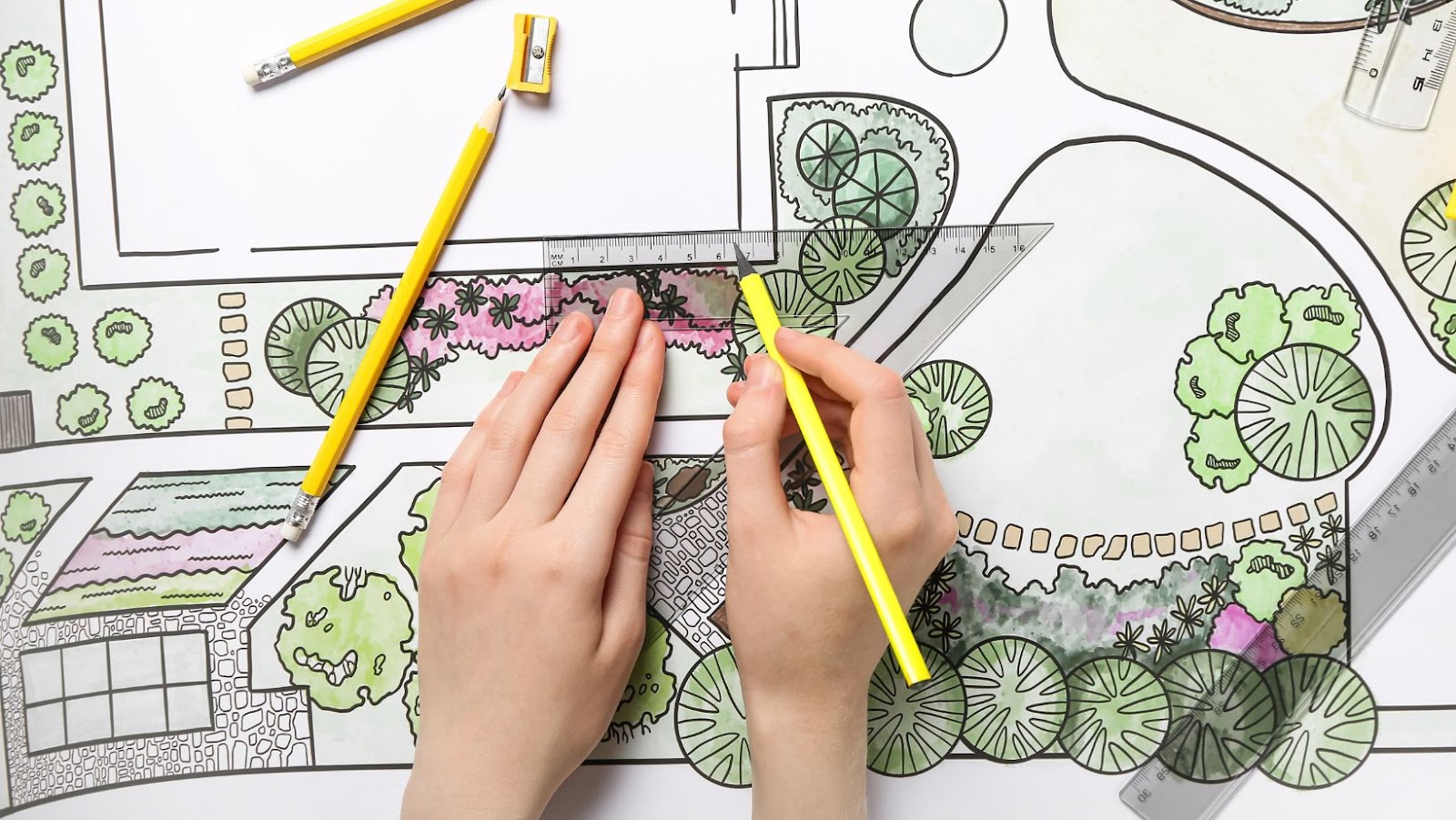 Creative Landscape Design
Creative Landscape Design
Creative landscape design enhances outdoor areas by integrating artistic elements with functional spaces. It combines the practical aspects of traditional landscape architecture with innovative and aesthetic approaches. Landscape designers infuse creativity into their work by incorporating a variety of textures and colors through diverse plant materials and hardscape features. In urban settings, vertical gardens provide greenery in limited spaces, while rooftop gardens offer aesthetic relief from cityscapes. Garden paths, made from materials like cobblestone or reclaimed wood, add both charm and accessibility to these areas. Playful elements like murals or sculptures can serve as focal points, engaging both visitors and residents.
Water features create visual and auditory effects, introducing tranquility and dynamism to the landscape. These can vary from elaborate fountains to simple ponds, each tailored to align with the overall design. Sustainable practices, such as rain gardens and xeriscaping, address environmental concerns by conserving water and fostering biodiversity. Lighting designs extend usability beyond daylight hours, adding ambiance and safety. Solar-powered solutions diminish the carbon footprint, marrying functionality with eco-conscious design. This holistic approach ensures that modern landscapes remain responsive to evolving environmental and social needs.
Creative landscape design blends various elements to craft aesthetically pleasing and functional outdoor spaces. Each element contributes to the overall harmony and visual appeal. Color and texture play a crucial role in landscape design. By using vibrant plants like marigolds and begonias, designers introduce dynamic color contrasts. Textural variety is achieved through diverse foliage types, such as the large, glossy leaves of hostas against the delicate fronds of ferns. Strategic placement of these elements helps define space and adds visual interest. Lighting and shading enhance the ambiance and usability of outdoor areas. Solar-powered path lights improve accessibility during nighttime, while LED spotlights highlight key features like statues or trees. Shaded areas, created with pergolas or strategically planted trees like oaks or maples, offer relief from direct sunlight, making spaces more comfortable.
Water features introduce tranquility and movement into landscape designs. Features such as ponds or cascading waterfalls act as soothing focal points, attracting wildlife and fostering a sense of serenity. For smaller spaces, simple fountains provide auditory charm and visual interest without requiring significant space.
 Innovative Techniques in Landscape Design
Innovative Techniques in Landscape Design
Innovative landscape design melds aesthetics and functionality while addressing modern challenges. Cutting-edge techniques transform spaces into sustainable and tech-savvy environments.
Sustainable landscape design reduces environmental impact by employing eco-friendly methods. Xeriscaping, which uses drought-resistant plants, minimizes water usage in arid areas. Rain gardens capture stormwater runoff, preventing erosion and pollution. Native plantings enhance biodiversity, offering habitats for local wildlife. Composting provides natural fertilization, reducing dependency on synthetic fertilizers.
Advanced technology optimizes landscape management efforts. Smart irrigation systems use sensors to automate watering schedules based on soil moisture levels, conserving water. Drones offer aerial monitoring of large properties, ensuring efficient resource allocation. Landscape design software generates precise plans, allowing virtual walkthroughs and adjustments prior to implementation. LED lighting, controlled remotely through apps, enables energy-efficient illumination, enhancing security and ambiance.
 Benefits of Creative Landscape Design
Benefits of Creative Landscape Design
Creative landscape design offers various benefits that enhance both functionality and aesthetic value. Improved aesthetics transform outdoor spaces into visually captivating environments. The use of diverse plant species and artistic elements elevates outdoor beauty, making spaces more inviting. Enhanced property value boosts market appeal for residential and commercial properties. Landscapes with innovative designs and sustainable features tend to attract potential buyers, increasing property values. Increased functionality integrates practical elements within landscapes to maximize usability. Designs that incorporate seating areas, walkways, and lighting improve outdoor experiences for residents and visitors.
Environmental benefits focus on sustainable practices to maintain ecological balance. Creative designs often include native plants and drought-resistant vegetation that reduce water consumption and support local habitats. Personal enjoyment and well-being increase as thoughtfully designed landscapes provide serene and engaging environments. Features like water elements, shaded retreats, and colorful plantings create soothing settings that promote relaxation and well-being.
Community impact fosters social interactions and cohesion. Public and shared spaces with creative designs encourage community gatherings and social activities, enhancing neighborhood dynamics.